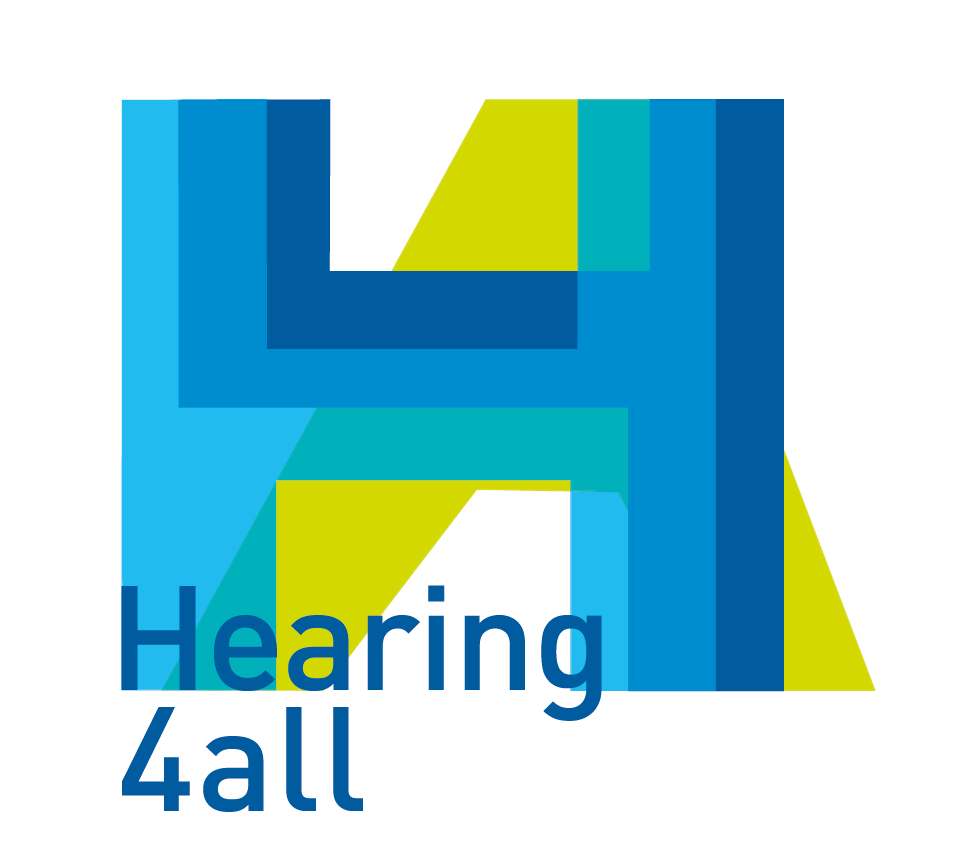Influence of background noise level on speech perception
Speech audiometry in quiet assesses hearing ability, while speech audiometry in noise it is thought to assess possible supra-threshold distortion caused by the hearing impairment. In Germany, the Oldenburg sentence test (OLSA, e.g., Wagener et al., 1999) is commonly used to determine the listener’s speech reception threshold (SRT) in noise, i.e., the signal-to-noise ratio (SNR) yielding 50% speech intelligibility. It uses an adaptive procedure with the OLSA noise (Olnoise) level fixed at 65 dB SPL by default and varying speech level. In an elaborate study, Wardenga and colleagues (Wardenga et al., 2015) tested 177 subjects with different hearing impairment in this standard setting. On the basis of their results they concluded that the OLSA can be applied to subjects with a wide range of hearing losses. However, with the standard noise level of 65 dB SPL, the SRT is determined by listening in noise only for listeners with PTAs below about 47 dB HL. Above 47 dB HL it is determined by listening in quiet. For routine clinical practice however, it is important to know the upper limit of the validity of the SRT in noise for any noise level applied. The current study systematically investigates the effect of different background noise level on the transition point between testing in noise and testing in quiet. 10 listeners with normal hearing and 30 listeners with PTAs (0.5, 1, 2, 4 kHz) between approximately 30 and 50 dB HL were tested in monaural headphone measurements to obtain SRTs for the stationary Olnoise, as well as for the fluctuating ICRA5_250 noise at noise level between 55 and 85 dB SPL. The results of the study suggested that the transition point between testing in noise and testing in quiet shifts linearly with the noise level for the Olnoise. Conform to Plomp (1978), differences in SRTs between listeners with different grades of hearing impairment decreased with increasing background noise level. For ICRA5_250, however, no transition point can be found and differences in SRTs between listeners of different hearing impairment were preserved across all noise levels tested, suggesting an additional diagnostic value of speech audiometry in fluctuating noise.
Warning: Use of undefined constant s - assumed 's' (this will throw an Error in a future version of PHP) in /home/spinnluxnr/www/2017/pages/programme.php on line 208


